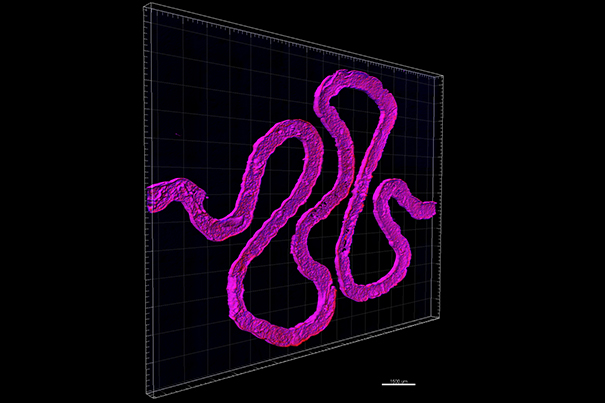Staff members from Wyss Institute have made advancements in building functional human organs and tissues using 3-D bioprinting.
According to the Wyss Instutite, “The team bioprinted a tubular 3D renal architecture that recapitulates functions of the kidney,” an organ that many people tend to have replaced due to illness. According to the National Kidney Foundation, 100,791 people have been waiting for a kidney transplant as of January 2016 while 13 people die each day waiting for a kidney transplant. Recently, Wynn Institute replicated tissues via bioprint, making thick vascularized tissues.
According to Wyss Institute, the team has advanced the bioprinting materials and created a 3-D, “renal architecture containing living human epithelial cells, which line the surface of tubules in the kidney.”
“The current work further expands our bioprinting platform to create functional human tissue architectures with both technological and clinical relevance,” said Jennifer Lewis of Wyss Institute.

Using fugitive ink, a convoluted hollow channel is fabricated to mimic the winding shape of natural proximal tubules found inside a human kidney’s nephrons. (Credit: Lewis Lab/Wyss Institute at Harvard University)
The product created mimics the renal tubule. The project uses a 3-D printed silicone seal for the mold and create the base layer with an engineered extracellular matrix. Following, a fugitive is used to printed in shape that mimics the structure of real renal proximal tubes. The fugitive ink becomes liquefied and eventually removed from the final product. To finish, a later of the extracellular matrix is applied.
This manufactured organ could be used as an implant or an organ-assistive device one day.
“This advance in 3D printing of living tissues that recapitulate crucial organ functions by Jennifer and her team opens a new path to engineering model systems for drug development, as well as for creating more functional extracorporeal devices and whole organ implants in the future,” said Donald Ingber, M.D., Ph.D., Founding Director of the Wyss Institute.




